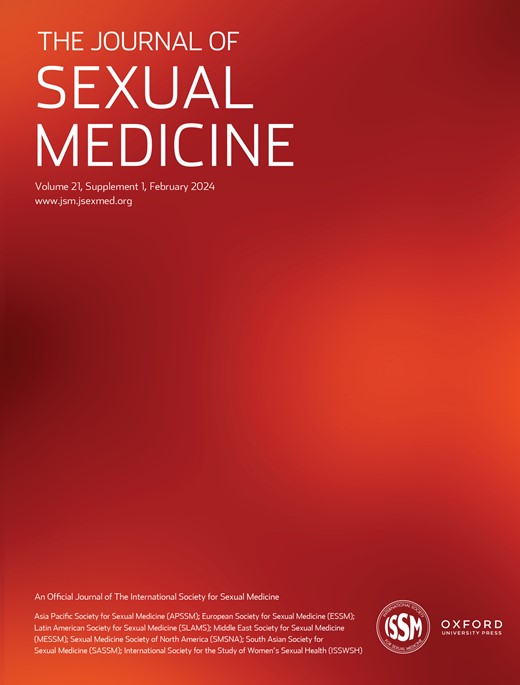madman
Super Moderator

(158) Antihypertensive Medications and Erectile Dysfunction: Is this Association Accurate?
AbstractIntroduction. The association between erectile dysfunction (ED) and antihypertensive medications (AM) has been previously described with varying re
Abstract
Introduction
The association between erectile dysfunction (ED) and antihypertensive medications (AM) has been previously described with varying results in small or single center data sets. Utilizing large post-marketing surveillance databases allows one to study drug side effects across patients in a much larger and more diverse sample size.
Objective
Our study sought to investigate AMs and their medication classes to determine the incidence of ED. Our hypothesis was that thiazide diuretics and beta blockers would have significantly higher rates of reported ED than other AM classes due to the classic association with these medications and ED.
Methods
We utilized the US government Medical Expenditure Panel Survey maintained by the Agency for Healthcare Research and Quality to determine the total number of patients on each medication each year. The total number of ED adverse events reported per year per medication was accessed via the Food and Drug Administration’s adverse event reporting database (FAERS). Date ranges were 2013 to 2020. We reviewed all substantive outpatient AMs and compared them to one another as well as across the class with regard to reported ED rates.
Results
We found that a higher incidence of ED adverse events were reported with ramipril and bisoprolol -15 events per 100,000 patients and 34.1 events per 100,000 patients, respectively. Interestingly fewer adverse events (0.4 events per 100,000 patients) were reported for lisinopril. We did recognize differences among AM classes via Kruskal-Wallis analysis however the structure of our study was not able to distinguish which class was different in rates of ED as a result of the large number of drugs included. Reported ED rates increased over the study period with 2020 having the most ED reports. However, most medications reported fewer than 100 adverse events over an 8-year time period with many medications having tens of millions of patients taking them a year.
Conclusions
Higher rates of reported ED were seen with ramipril and bisoprolol and lower rates found with lisinopril than in other AMs. Differences among medication classes were not identified. The infrequent reporting of ED with AMs questions the existing dogma that AMs cause ED and further consideration should be given to the causality of this association.













